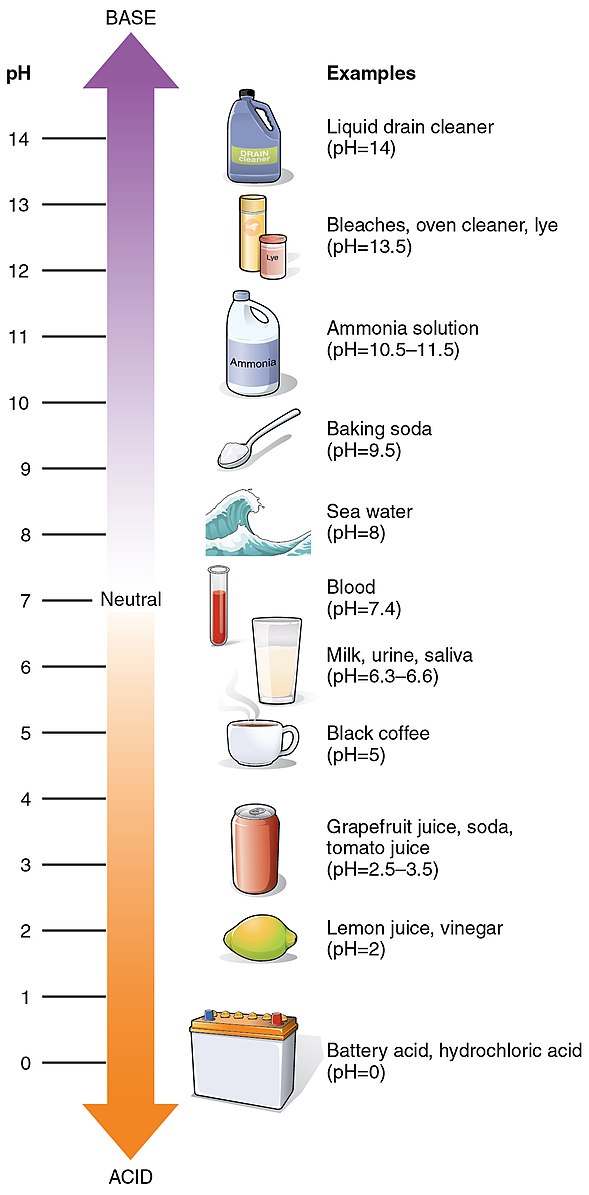The pH value of sea water is around 8.1, making it slightly basic, while the pH value of coffee ranges from 4.85 to 5.10, making it somewhat acidic. Understanding the pH levels of these two common substances is crucial for maintaining a balanced diet, preserving marine ecosystems, and ensuring the quality of our favorite beverage.
The pH of Sea Water
Sea water is slightly basic due to the presence of carbonate ions, which are essential for marine life such as shellfish and coral reefs to build their protective shells and skeletons. However, the increase in carbon dioxide (CO2) in the atmosphere due to human activities is causing the ocean to absorb more CO2, leading to a decrease in ocean pH and an increase in acidity.
Measuring the pH of Sea Water
The pH of sea water is typically measured using a pH meter or test strips. The pH scale ranges from 0 to 14, with 7 being neutral. Sea water with a pH value of around 8.1 is considered slightly basic.
Factors Affecting the pH of Sea Water
The pH of sea water can be influenced by several factors, including:
- Photosynthesis and respiration: During the day, marine plants and algae absorb CO2 and release oxygen, increasing the pH. At night, the reverse process occurs, decreasing the pH.
- Upwelling: Upwelling of deep, nutrient-rich water can bring more acidic water to the surface, lowering the pH.
- Freshwater input: The addition of freshwater, which is typically less basic than sea water, can lower the pH.
- Ocean acidification: The absorption of excess CO2 from the atmosphere is causing the ocean to become more acidic over time.
Consequences of Ocean Acidification
Ocean acidification can have serious consequences for marine ecosystems, including:
- Dissolution of shells and skeletons of marine life
- Bleaching and death of coral reefs
- Disruption of food webs and marine food production
To address these issues, reducing carbon emissions and promoting sustainable practices in marine industries are crucial.
The pH of Coffee
 Image source: OpenStax College
Image source: OpenStax College
Coffee is somewhat acidic, with a pH range of 4.85 to 5.10. This acidity is due to the presence of over 30 organic and chlorogenic acids found in coffee.
Measuring the pH of Coffee
The pH of coffee can be measured using a pH meter or test strips. The pH scale ranges from 0 to 14, with 7 being neutral. Coffee with a pH value between 4.85 and 5.10 is considered somewhat acidic.
Factors Affecting the pH of Coffee
The pH of coffee can be influenced by several factors, including:
- Roast level: Darker roasts tend to be more acidic than lighter roasts.
- Brewing method: Different brewing methods, such as French press or cold brew, can affect the acidity of the final product.
- Water quality: The pH and mineral content of the water used to brew coffee can impact the final pH.
- Coffee bean variety: Some coffee bean varieties are naturally less acidic than others.
Reducing the Acidity of Coffee
There are several ways to reduce the acidity of coffee, including:
- Using a French press or cold brew method: These methods tend to produce a less acidic cup of coffee.
- Adding milk or cream: The dairy products can help neutralize the acidity.
- Choosing a less acidic coffee bean variety: Some coffee beans, such as Robusta, are naturally less acidic than others.
- Avoiding over-roasting: Darker roasts tend to be more acidic, so a lighter roast can help reduce acidity.
Balancing pH Levels in the Body
To maintain a balanced pH level in the body, it is recommended to consume a variety of foods with different pH values, including alkaline foods like fruits and vegetables and acidic foods like meat and dairy. However, it’s important to note that the pH of food does not significantly affect the pH of the body, as the stomach has a pH of around 2 and the body has mechanisms to regulate its pH levels.
Conclusion
The pH of sea water and coffee are important factors to consider for maintaining a balanced diet, preserving marine ecosystems, and ensuring the quality of our favorite beverage. By understanding the factors that affect the pH of these substances and taking steps to address any imbalances, we can contribute to a healthier and more sustainable future.
References:
– Ocean Acidification: What You Need to Know
– What is the pH of Coffee?
– Which Material is Most Likely to be a Base?
